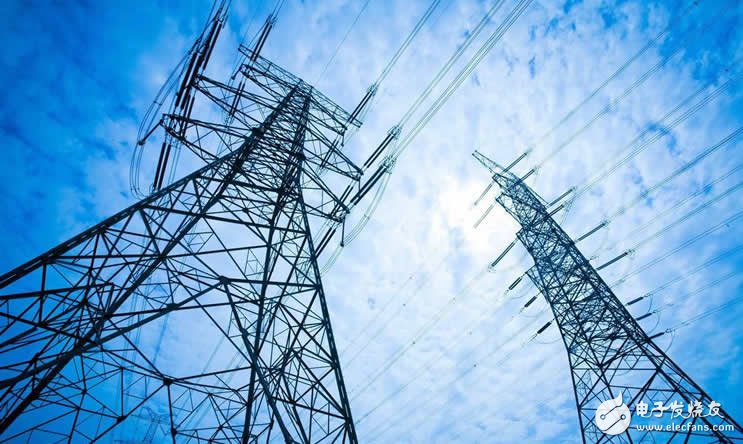In early February, the National Development and Reform Commission released the "Notice on Approving the Transmission Price of the Regional Power Grid for 2018-2019" (hereinafter referred to as the "Notice"). This marked the approval of the first regulatory cycle for the power grids in North China, East China, Central China, Northeast China, and Northwest China, covering the period from January 1, 2018, to December 31, 2019. The notice outlined a two-part transmission pricing model for these regions.
The regional grid transmission price refers to the cost associated with the shared transmission networks that connect provincial power grids within each region. This includes the 500 kV and 750 kV inter-provincial transmission lines, as well as the 1000 kV UHV (Ultra High Voltage) inter-provincial transmission networks included in the national plan.
According to the notice, the electricity component of the transmission price is calculated based on the actual transaction volume of the regional power grid and is paid by the buyer. Meanwhile, the capacity component of the transmission price is determined by the total power sold by each provincial grid, including market-based transactions.

In particular, the electricity price for the North China, East China, and Central China regions was set at 0.01 yuan per kWh, while the Northeast and Northwest regions had a rate of 0.02 yuan per kWh. The capacity charge, however, varies by province. For example, in Shanxi and Sichuan, it was set at 0 yuan per kWh, whereas in Beijing, it reached as high as 0.051 yuan per kWh.
The electricity price reflects the variable costs associated with the energy consumed by the customer, while the capacity charge, also known as the basic or fixed electricity price, represents the fixed costs related to the power generation and transmission infrastructure.
The notice also emphasized that the regional grid's capacity charge, which is considered a shared cost of the higher-level grid, will be recovered through the provincial grid's transmission and distribution tariff. As a result, market trading users will no longer be directly charged for this component. However, if the first regulatory cycle is not included in the provincial grid's tariff, market participants may still face separate charges.
Industry insiders noted that the completion of the regional grid transmission price review came faster than expected, marking a significant step forward in the broader electricity reform process. With the verification of cross-regional transmission prices, the path is now clearer for more market-oriented electricity trading. This development paves the way for expanded cross-regional power market transactions, ultimately supporting the creation of a more integrated and efficient national electricity market.
MRS-Single Pole Rocker Switch
Specifications:
Mechanical life: More than 50.000 cycles
Electrical life: More than 100,000 cycles
Environment temperature Range: - 25 degrees ~ 85 degrees
Operating Relative Humidity Range: ≦96% RH, +40°C
Features
WIDE APPLICATION
Widely used for various kinds of electrical products, instrument, car, boat, household appliances such as lights, water dispenser, treadmill, coffee pot, speaker, electric car, motorcycle, TV, massage machine etc.
EASY TO INSTALL AND USE
2 PIN on-off Rocker Switch with SPST design, simple installation, freely turn on or off the load which you want to control.
HIGH OPERATING LIFE
Made of high quality polyamide eP(Nylon PA66) material, this sturdy mini boat rocker switch is born for anti-corrosion,anti-acid and high resistant with silver terminals.100,000 times of ON/OFF operating life span.
Small Rocker Switch,Micro Rocker Switch,Single Pole Rocker Switch,Single Rocker Switch
Ningbo Jialin Electronics Co.,Ltd , https://www.donghai-switch.com